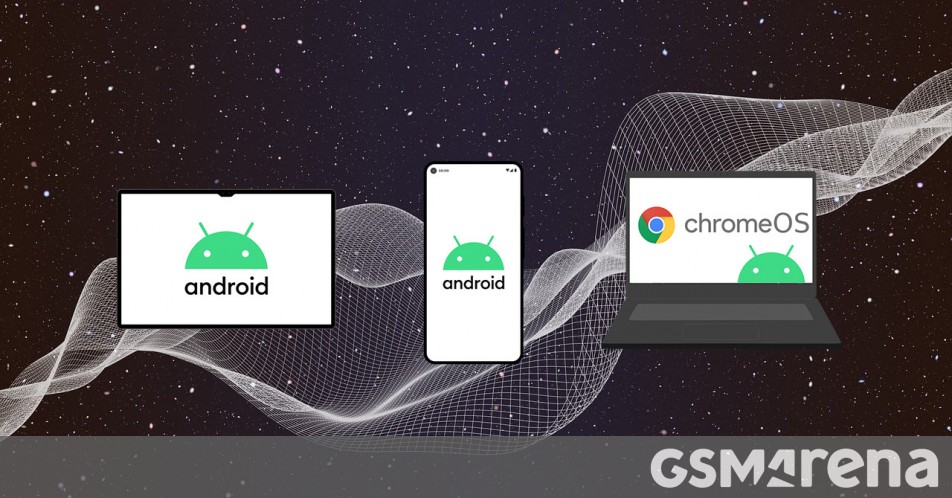
Currently, the UWB (Ultra Wide Band) applications are limited, and the chip is present in only a handful of Android and iOS devices. However, that’s probably about to change in the near future as Google is working on new UWB-based Chromebook features.
While UWB is currently used mostly for a more accurate way to determine the device’s position and navigation indoors, the short-range wireless communication protocol has a lot more potential than this. In fact, it’s so powerful that it may replace Bluetooth, NFC and RFID in the future. Not to mention, it can rival the Wi-Fi protocol with high-frequency bands.
Moreover, the data transfer bandwidth via these millimeter waves can reach 1 Gbps, which is pretty fast for a wireless protocol. The UWB is also natively more precise, it’s more efficient in terms of power consumption and the production of UWB chips will only get cheaper over time as the industry pushes for a wider adoption.
That’s why Google sees great potential in the tech and is currently testing different use scenarios. Chromebook-to-Chromebook, Chromebook-to-Phone and even multi-peer connections are all possibilities currently explored by Google.




